WRICE program receives grant
ON 03-25-2020
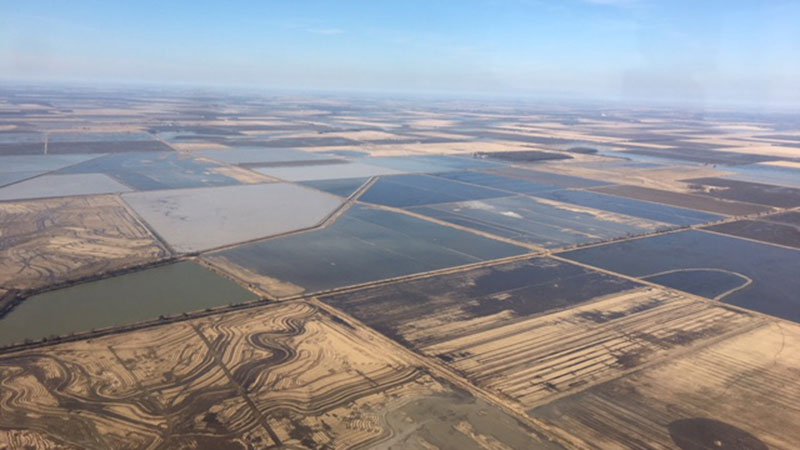
March 25, 2020
Randy Zellers
Assistant Chief of Communications
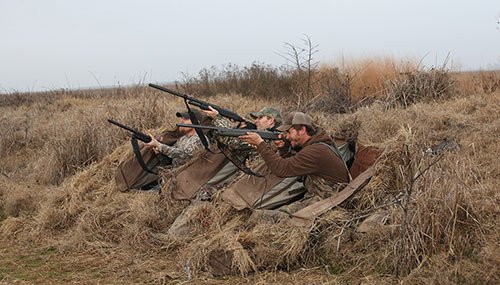
LITTLE ROCK — Duck hunters looking for publicly available opportunities this fall will have even more options to enjoy The Natural State’s calling card. The Arkansas Waterfowl Rice Incentive Conservation Enhancement program was awarded a grant to expand, keeping food on the ground for ducks and opening doors for hunters.
The grant, from the National Resources Conservation Service’s Voluntary Public Access and Habitat Incentive Program, will boost the program to the tune of $2.1 million, distributed during the next three years.
During its first year of public access opportunity, the pilot program operated on a state budget of $125,000. With that money, the Arkansas Game and Fish Commission was able to provide access to 11 hunting fields through a weekend draw program during the 2019-20 season. With the federal grant, that access may increase to more than 50 private fields available to hunters through a drawn permit system.
“Leasing land for public hunting is nothing new for the AGFC, but this is the first time we’ve been awarded a grant to help us create public hunting opportunities on privately owned land like you see in Walk-in Areas in the Midwest,” said Luke Naylor, AGFC waterfowl program coordinator. “There has been a perception in the Southeast, that private hunting leases are too competitive to enable such programs to exist, or that landowners might be hesitant to participate in such a program, but a surprising number of landowners have worked with us on this, and we hope to offer even more the opportunity to be a part of this program.”
The conservation component of the WRICE program is to combat the loss of waste grain on Arkansas rice fields resulting from tilling the ground in fall. Farmers getting a head start on their next year’s crop will turn the stubble under during the relatively dry weather so they spend less time preparing fields in spring, but this leaves no waste grain behind.
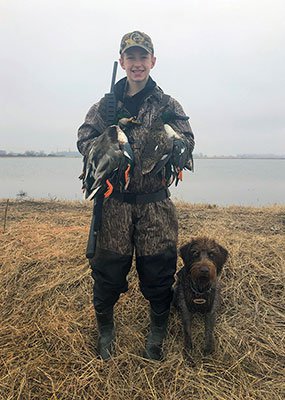
“Flooded rice provides about 11 percent of the food energy for dabbling ducks in the Mississippi Alluvial Valley, and Arkansas represents more than 70 percent of the rice production in that area,” Naylor said. “Ducks need a variety of foods, and waste rice from agriculture plays an important role. This program not only keeps that rice above the ground, but it also offers an incentive to flood the areas, making it even more accessible to ducks.”
According to recent research, only about 20 percent of the 2 million acres of harvested rice fields in the Mississippi Alluvial Valley are flooded. “Getting farmers to flood some of those fields could have a major impact on realized waterfowl food values,” Naylor said.
Payments for landowners to forgo fall tillage and flood fields is only the beginning of the program. Where WRICE really shines is the promotion of more public hunting opportunities.
“Interested landowners will work with us to provide public hunting opportunities on their fields through a managed draw system,” Naylor said. “After a few years of managed dove fields and a year of managed waterfowl hunts through this draw format, we’re ready to expand these opportunities for public hunting on additional privately owned fields.”
The goal is to expand from 941 acres of huntable private fields to 3,750 acres of fields available for hunting by public draw during the 2020-21 duck hunting season.
“We are looking for landowners who want to be a part of the program now, and hope to choose successful applicants in May,” Naylor said. “The controlled aspect of the draw hunt has been well received by participating landowners, and hunters have shown incredible respect for this great new opportunity.”
Landowners interested in becoming part of this innovative conservation and hunter access program can contact their local private lands biologist through the website www.agfc.com/habitat to learn more.
Recent News
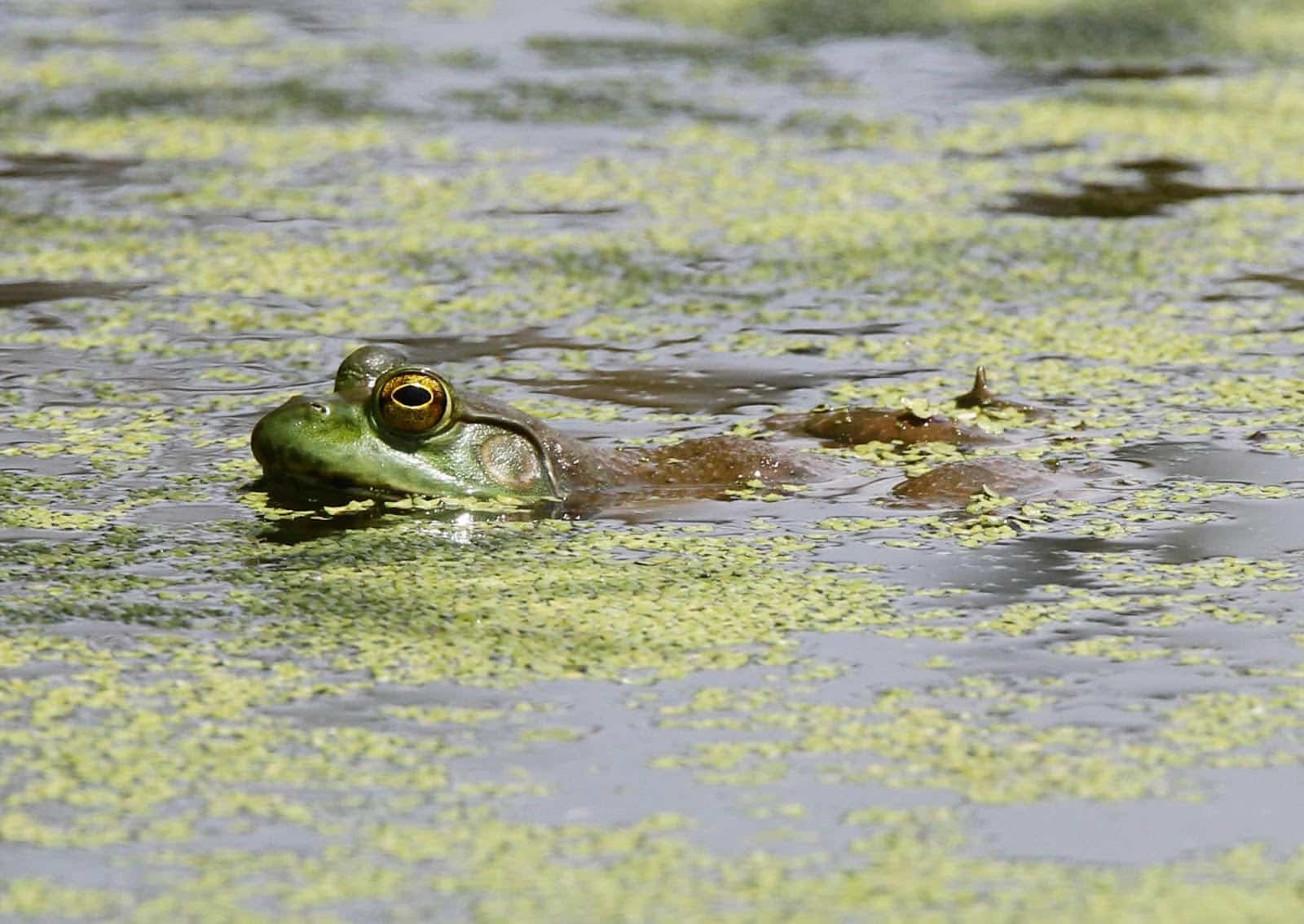
Arkansas bullfrog season underway
Apr. 15, 2024
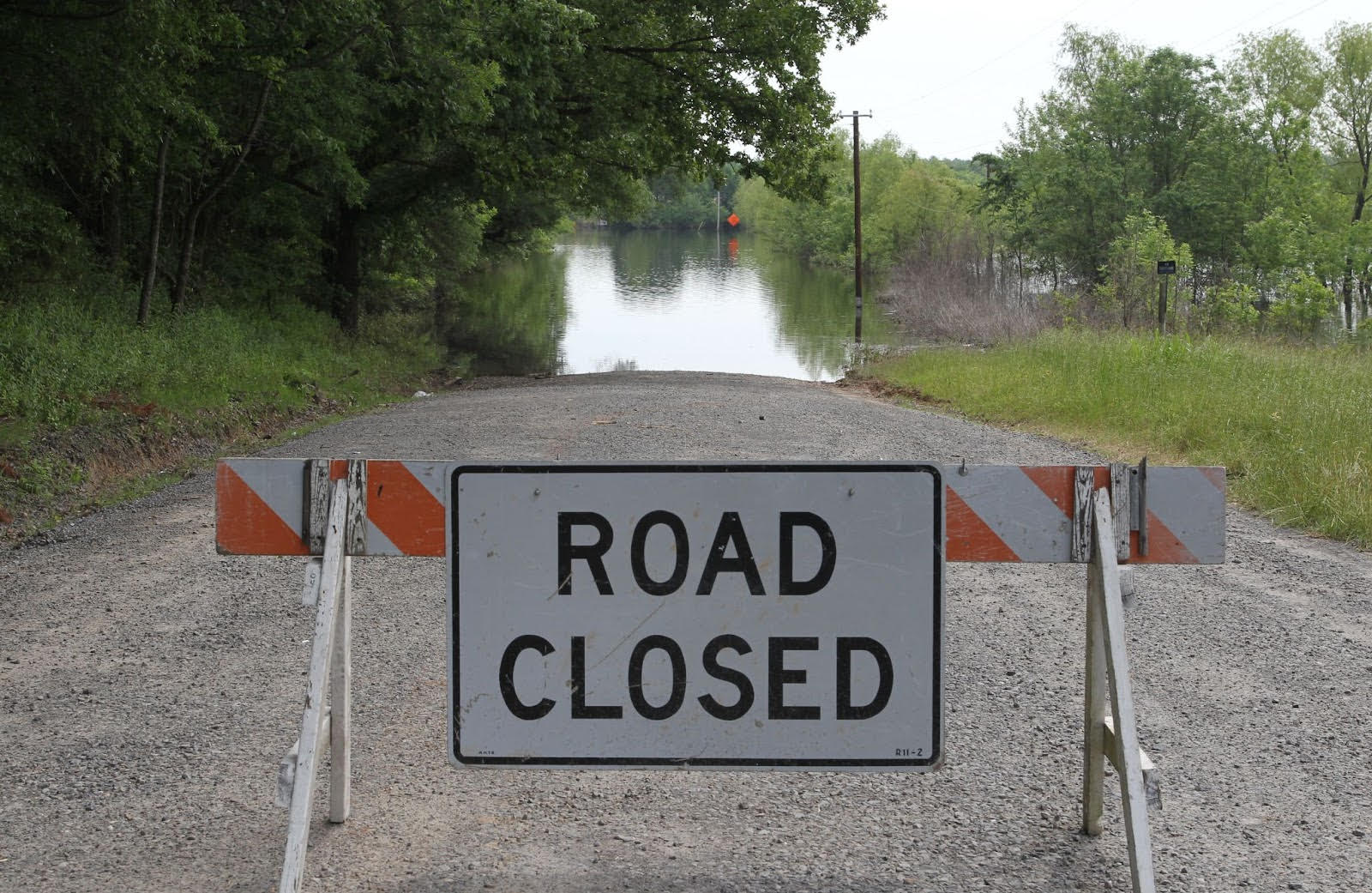
Flooding closes Sulphur River access
Apr. 12, 2024
Subscribe to Our Weekly Newsletter E-mails
Don’t miss another issue. Sign up now to receive the AGFC Wildlife Weekly Newsletter in your mailbox every Wednesday afternoon (Waterfowl Reports are published weekly during waterfowl season and periodically outside the season). Fishing Reports arrive on Thursdays. Fill in the following fields and hit submit. Thanks, and welcome!
